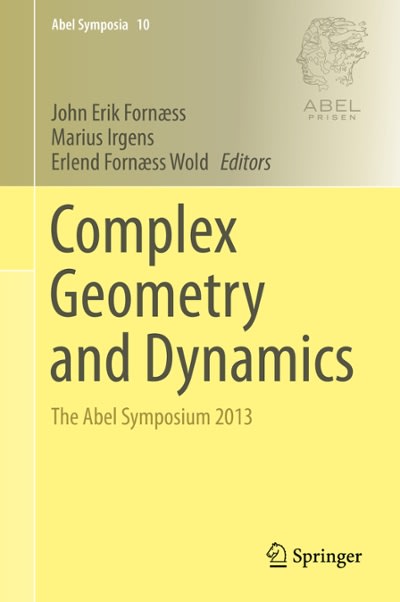On the Navajo Reservation, a random sample of 218 permanent dwellings in the Fort Defiance region showed that 50 were traditional Navajo hogans. In the Indian Wells region, a random sample of 153 permanent dwellings showed that 24 were traditional hogans. Let p, be the population proportion of all traditional hogans in the Fort Defiance region, and let p, be the population proportion of all traditional hogans in the Indian Wells region. LA USE SALT (a) Find a 90% confidence interval for P1 - P2. (Use 3 decimal places.) lower limit upper limit (b) Examine the confidence interval and comment on its meaning. Does it include numbers that are all positive? all negative? mixed? What if it is hypothesized that Navajo who follow the traditional culture of their people tend to occupy hogans? Comment on the confidence interval for P, - P2 in this context. Because the interval contains only positive numbers, we can say that there is a higher proportion of hogans in the Fort Defiance region. Because the interval contains both positive and negative numbers, we can not say that there is a higher proportion of hogans in the Fort Defiance region. We can not make any conclusions using this confidence interval. Because the interval contains only negative numbers, we can say that there is a higher proportion of hogans in the Indian Wells region. Need Help? Read It 10. [-/0.27 Points] DETAILS BBUNDERSTAT12 7.4.022.S. MY NOTES ASK YOUR TEACHER PRACTICE ANOTHER "Unknown cultural affiliations and loss of identity at high elevations." These are words used to propose the hypothesis that archaeological sites tend to lose their identity as altitude extremes are reached. This idea is based on the notion that prehistoric people tended not to take trade wares to temporary settings and/or isolated areas. As elevation zones of prehistoric people (in what is now the state of New Mexico) increased, there seemed to be a loss of artifact identification. Consider the following information. Elevation Zone Number of Artifacts Number Unidentified 7000-7500 ft 107 74 5000-5500 ft 144 20 Let p, be the population proportion of unidentified archaeological artifacts at the elevation zone 7000-7500 feet in the given archaeological area. Let p, be the population proportion of unidentified archaeological artifacts at the elevation zone 5000-5500 feet in the given archaeological area. LO USE SALT (a) Find a 99% confidence interval for P1 - P2. (Use 3 decimal places.) lower limit upper limit (b) Explain the meaning of the confidence interval in the context of this problem. Does the confidence interval contain all positive numbers? all negative numbers? both positive and negative numbers? What does this tell you (at the 99% confidence level) about the comparison of the population proportion of unidentified artifacts at high elevations (7000-7500 feet) with the population proportion of unidentified artifacts at lower elevations (5000-5500 feet)? How does this relate to the stated hypothesis? Because the interval contains only positive numbers, we can say that a higher proportion of unidentified artifacts are found in the higher altitude. Because the interval contains both positive and negative numbers, we can not say that a higher proportion of unidentified artifacts are found in the higher altitude. We can not make any conclusions using this confidence interval. Because the interval contains only negative numbers, we can say that a higher proportion of unidentified artifacts are found in the lower altitude. Need Help? Read It







